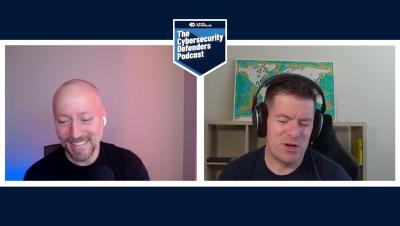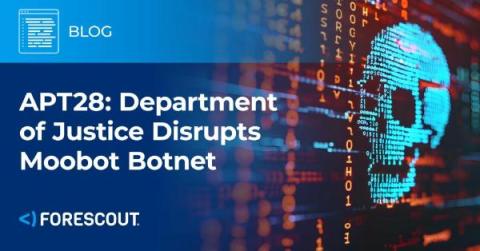The US Government recently announced that state-sponsored Chinese cyber group Volt Typhoon has compromised multiple critical infrastructure organisations' IT networks in the US and is preparing "disruptive or destructive cyber attacks" against communications, energy, transport, water and waste water systems. The announcement, which was supported by national cybersecurity agencies in Australia, Canada, UK, and New Zealand, is a sobering reminder that modern life relies on digital networks. From healthcare, banking, and socialising, to energy, water, local and national government - everything has a digital aspect.











